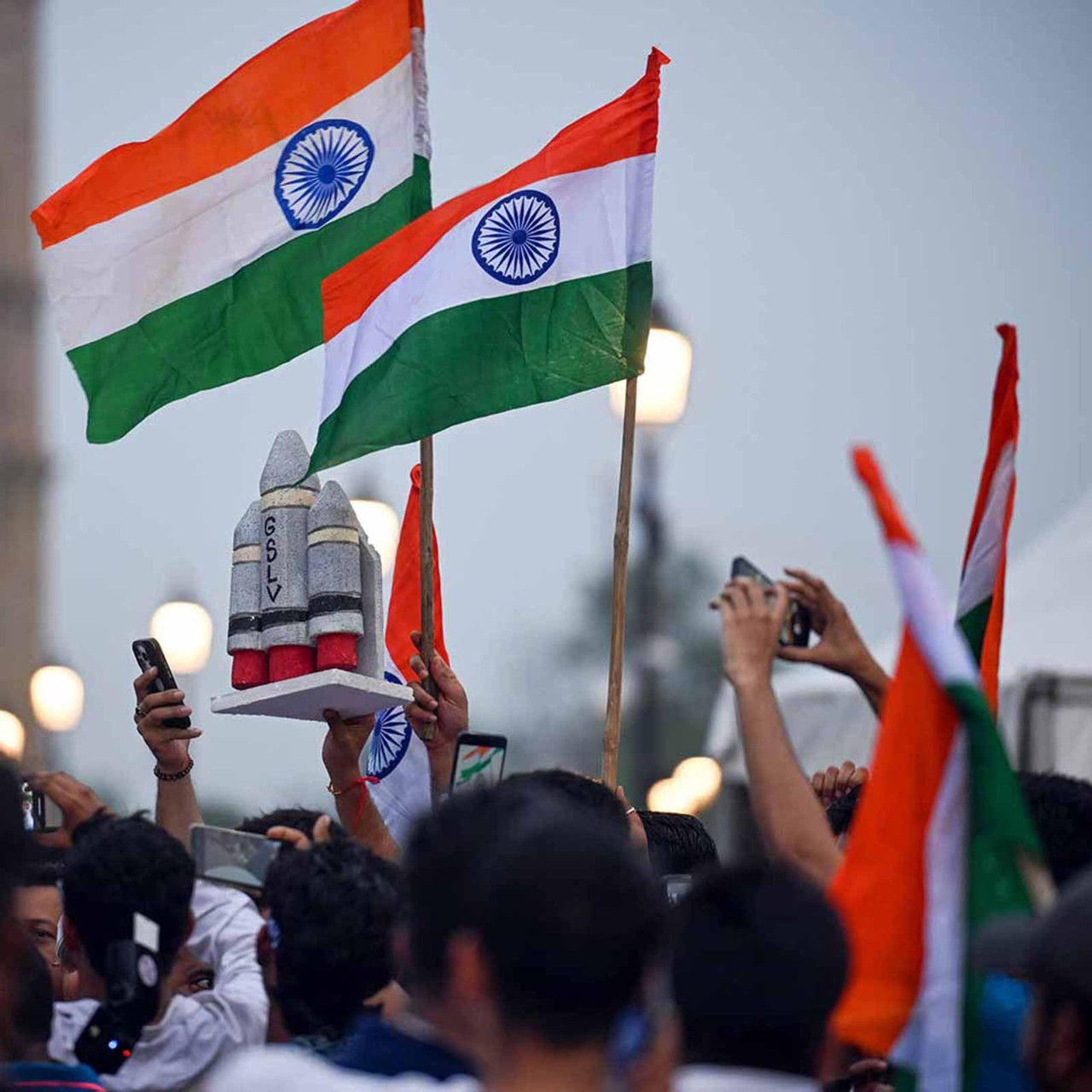
The 10 countries competing in the International Cricket Council’s (ICC) Cricket World Cup kicked off their campaign on 5 October across multiple venues in India. The 48-match tournament will end on 19 November in Ahmedabad, with the winning team bringing home the Cricket World Cup trophy and a cash prize of US$4m, while runners-up will receive US$2m.
The ICC has allocated a prize money pot of US$10m, with each winner of league matches also receiving incentives. While the cash prize follows a similar structure to the previous edition of the Cricket World Cup in 2019 held in England and Wales, it’s predicted that this year’s edition will lead to a boost in ad revenue across television and digital media, estimated at around INR20.2bn (US$264m) compared to INR13.5b (US$165m) in 2019.
‘Cricket consistently attracts more than a billion fans who passionately follow the game globally’
Lucrative broadcasting
For ICC sporting events, broadcasting rights are usually allocated in a cycle and sealed through a bidding process. Since 2015, Star Sports, a group of Indian pay television channels owned by Disney Star, won the global broadcast rights of all ICC events from 2015-23. Last year, the firm acquired the rights for all men’s and women’s ICC events until the end of 2027.
In the Indian market, Disney Star kept the rights with a bid of US$3bn. ‘This was an incredibly competitive process, which isn’t surprising given the huge audiences that cricket consistently attracts with more than a billion fans who passionately follow the game globally,’ said ICC chair Greg Barclay during a media conference in August 2022.
Increasing revenue
About 75% of the viewership of major cricket tournaments still comes from television. But live streaming is gaining in popularity. With low-cost internet, streaming platforms have become extremely popular in India. Broadcasters and streaming platforms also often pull in users by providing it free. For example, in India this year, Disney Hotstar is streaming the Cricket World Cup for free on mobile devices.
‘Since India is hosting the tournament, hotels in host cities have seen their bookings skyrocket’
ICC Cricket World Cup in numbers
1975
First Cricket World Cup
10
Teams participating in 2023
5
The number of times Australia has been crowned champions – the most for any team
10
Host cities in India: Chennai, Ahmedabad, Delhi, Kolkata, Mumbai, Lucknow, Dharamsala, Pune, Bangalore and Hyderabad
134,000
The capacity at the Narendra Modi Stadium in Ahmedabad, where the final match will be played
According to ICC estimates, about 950 million to one billion people will watch the 2023 Cricket World Cup edition globally on television or streaming platforms.
For sports events in India last year, primarily cricket, the ad revenue came to INR20bn on digital platforms and INR75bn for television. ‘A marquee event like the World Cup is likely to drive close to 30-40% of these revenues,’ says Tareque Laskar, head of research and analytics at the ITW Consulting, a global sports, entertainment, media and lifestyle consulting firm in Bangalore, India. He adds that the event also falls within the festive and holiday season of India, bringing in more viewership.
Sponsor gains
Official partners of the event like Emirates, Booking.com, Bira 91, Nissan and Aramco have inked multi-year deals with the ICC. But brands also directly sponsor teams participating in the Cricket World Cup to generate publicity. Having sponsored teams in the 2011 World Cup, India’s leading dairy company Amul is doing the same again now with teams like South Africa, Afghanistan and Sri Lanka.
These collaborations also lead to many diverse marketing and promotional campaigns. Indian cola brand Thums Up is doing an interesting campaign using both cricket stars and the Bollywood superstar Shah Rukh Khan, who is its brand ambassador.
It combines product-led activation where customers can collect virtual coins by looking under the bottle caps and winning prizes, and digital engagement by allowing fans to interact with cricket experts on social media and get their questions answered.
Tourism boost
When India hosted the event in 2011 – along with Sri Lanka and Bangladesh – the country saw a spike in tourists from Australia and the UK, including Indian expats living abroad. ‘The Indian diaspora has a massive cricket following and there are many fan clubs who travel with their teams,’ Laskar says.
This time as well, ‘there’s a lot of hype around Indian games’, he adds. ‘And since India is hosting the tournament, hotels in host cities have seen their bookings skyrocket.’ Many hotels have naturally increased their prices.
‘It’s a boost for most of the parties involved’
This demand for hotels, airline tickets, food delivery and other amenities in host cities means that it will contribute around US$1.5bn to the overall economy, according to Laskar. ‘There will also be a large increase in domestic tourism, since Indian residents will travel to different cities to watch the event.’
Economic opportunities
As the host nation, the Board of Control for Cricket in India (BCCI) finances the event, and retains the rights for ticketing to generate revenue, and receive a revenue share from sponsorship and broadcasting deals.
But it’s not the only one to benefit. With the event taking place in in 10 stadiums in 10 cities across India, the BCCI allocated US$5.9m for each venue to be upgraded. And host cities have also spent money sprucing up infrastructure like roads and public transport to handle the influx of visitors.
As Laskar says, a sports event like this can create many economic benefits for the host nation with temporary jobs and economic opportunities. ‘For a country like India, with a sport as popular as cricket, and already having facilities like stadiums to host the event, it’s a boost for most of the parties involved, including the local economy.’




